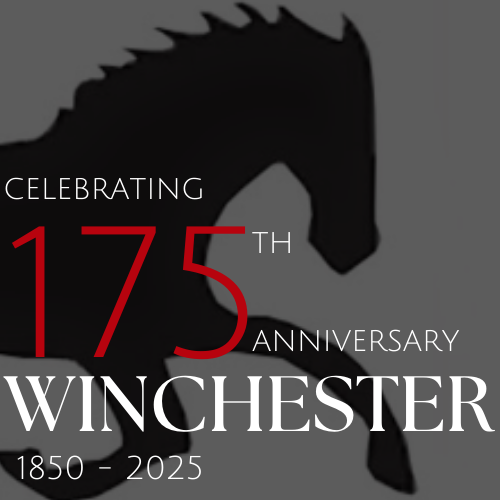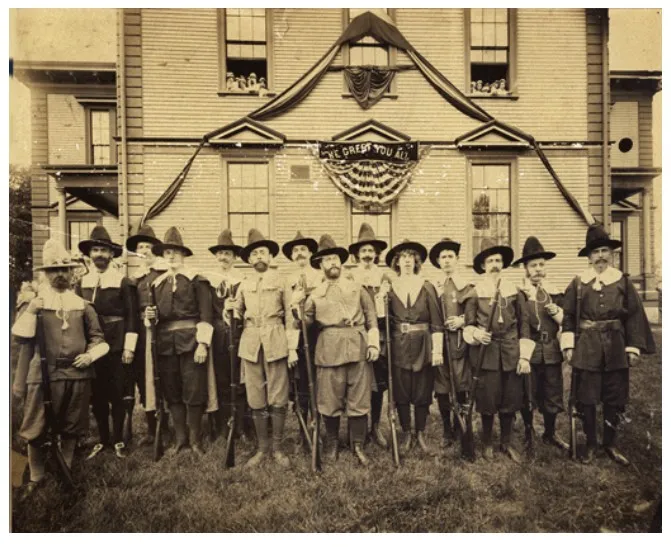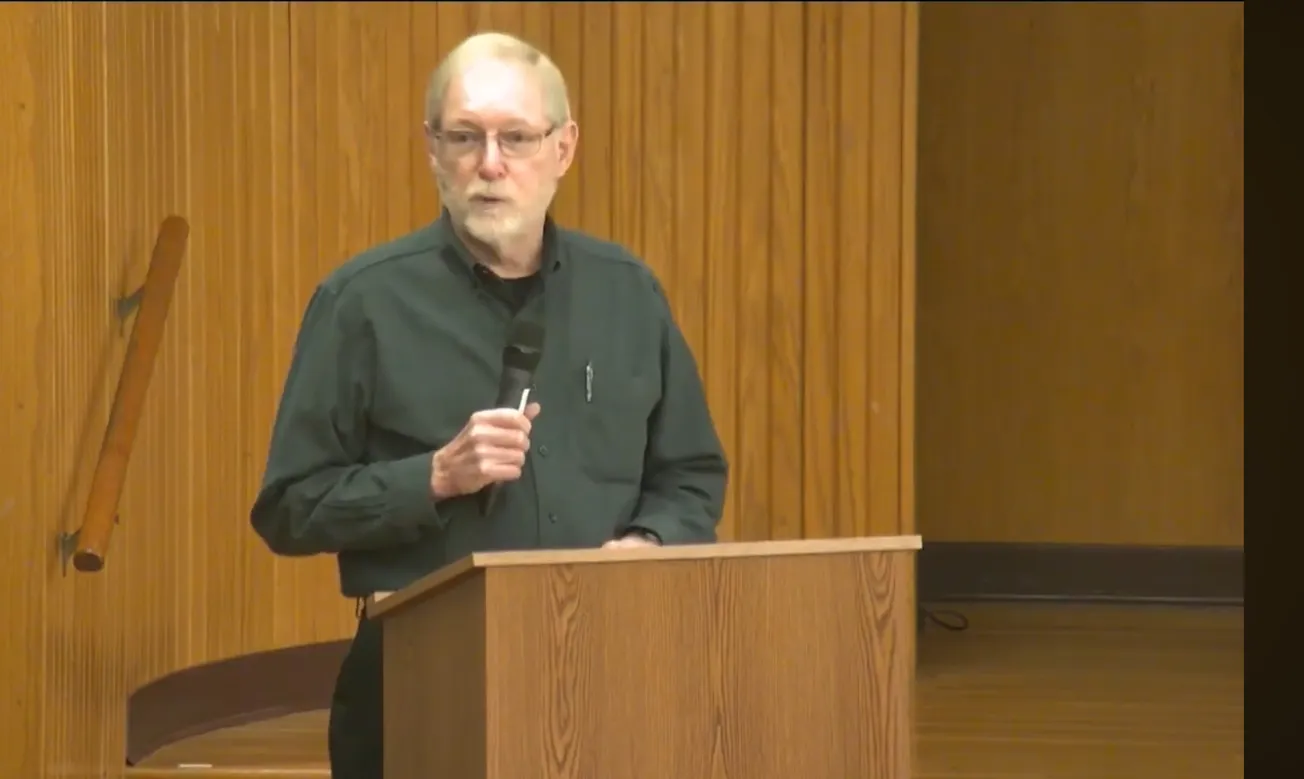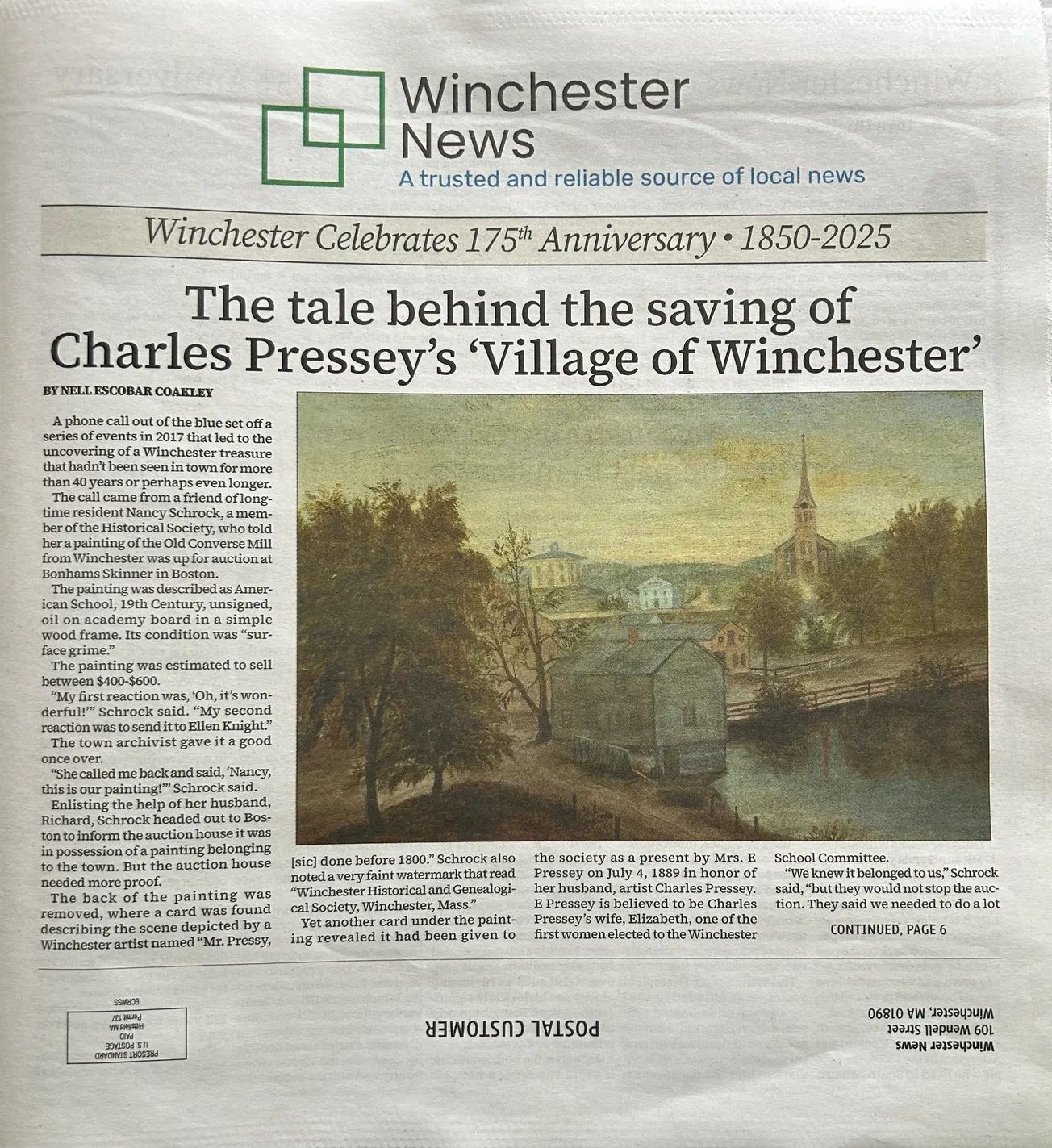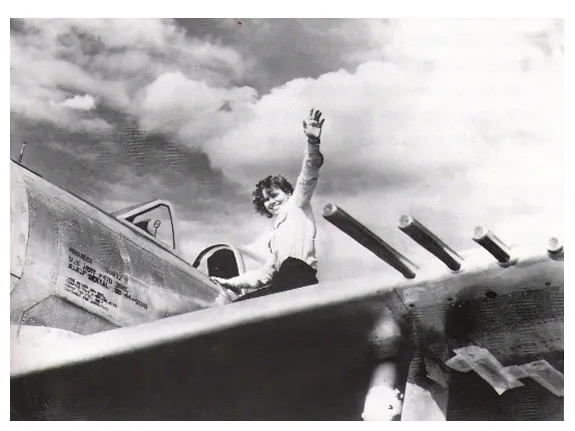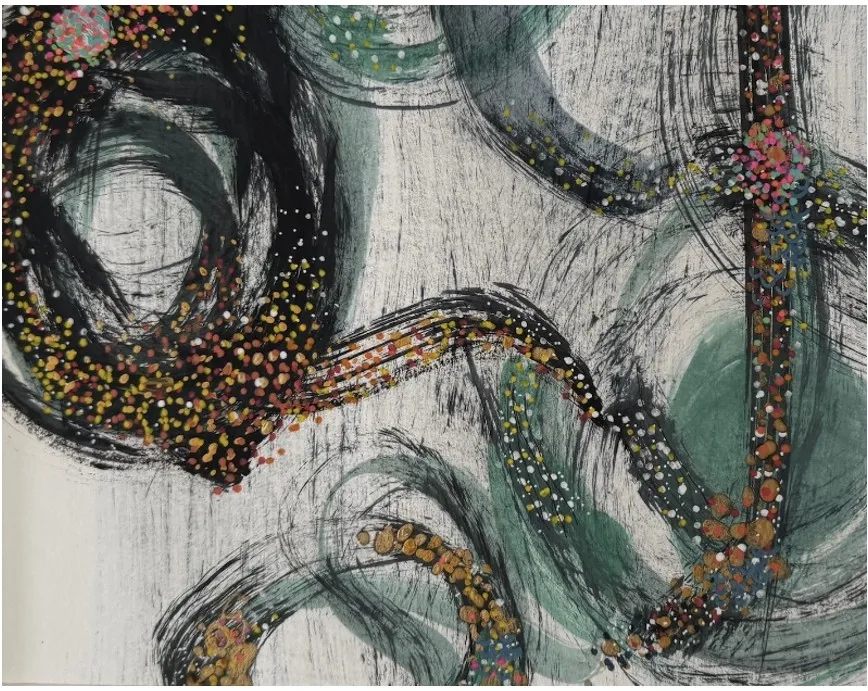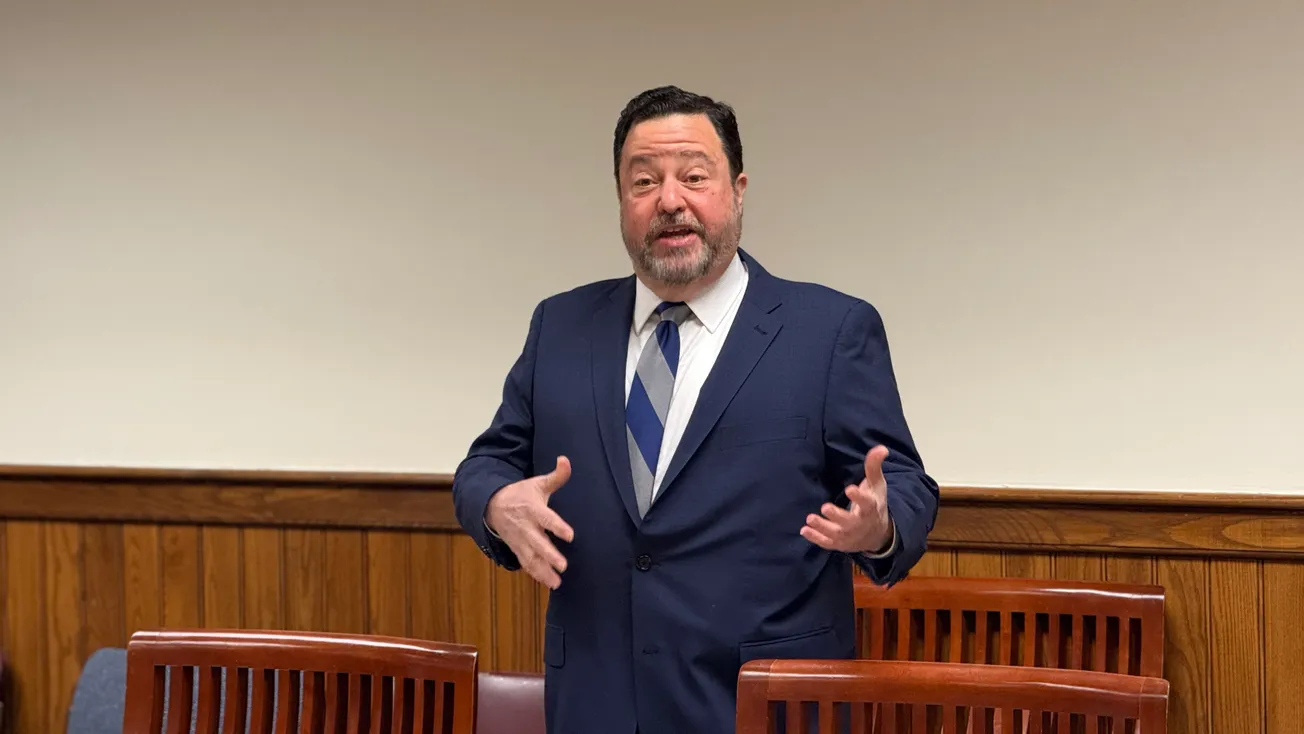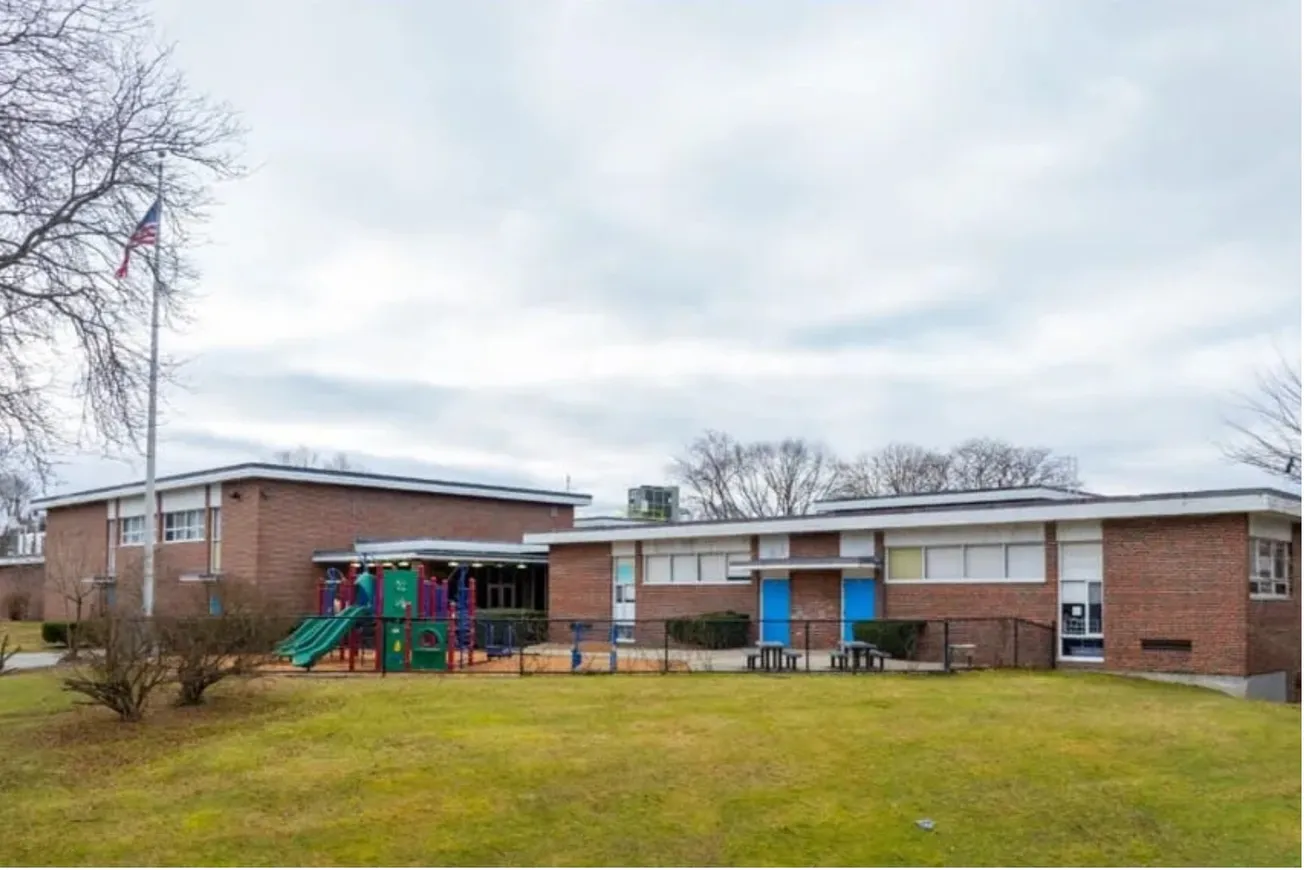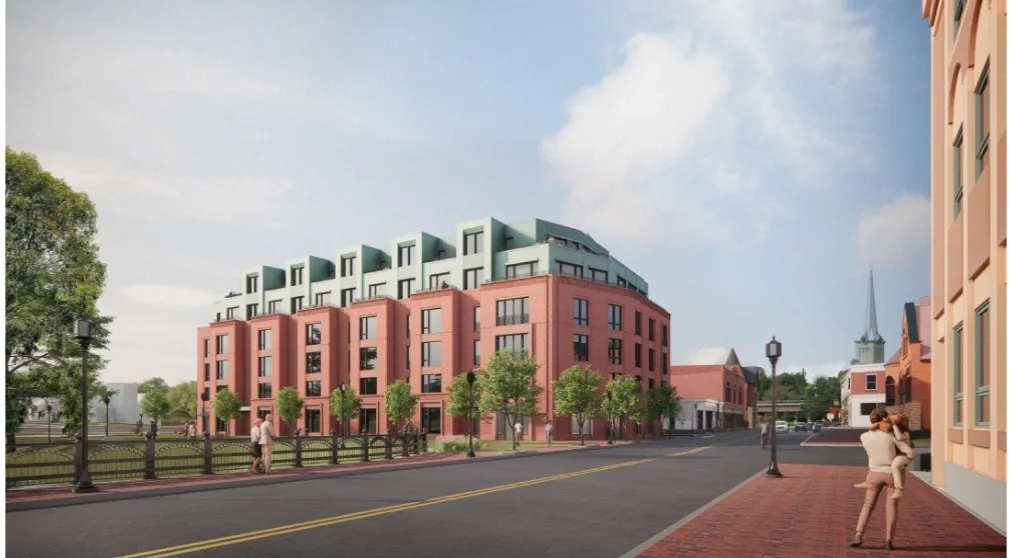Table of Contents
When the first British colonists arrived in New England during the 17th century, the native inhabitants of the area now incorporated into the Town of Winchester were members of the Massachusett tribe. The original colonists were Puritans led by Gov. John Winthrop. The first colonial town to which Winchester territory belonged was Charlestown. It is with these three entities that the history of Winchester began.
Following some early settlements on Cape Ann and at Salem, the Massachusetts Bay Company organized the great Puritan migration from England to New England (1629-1642).
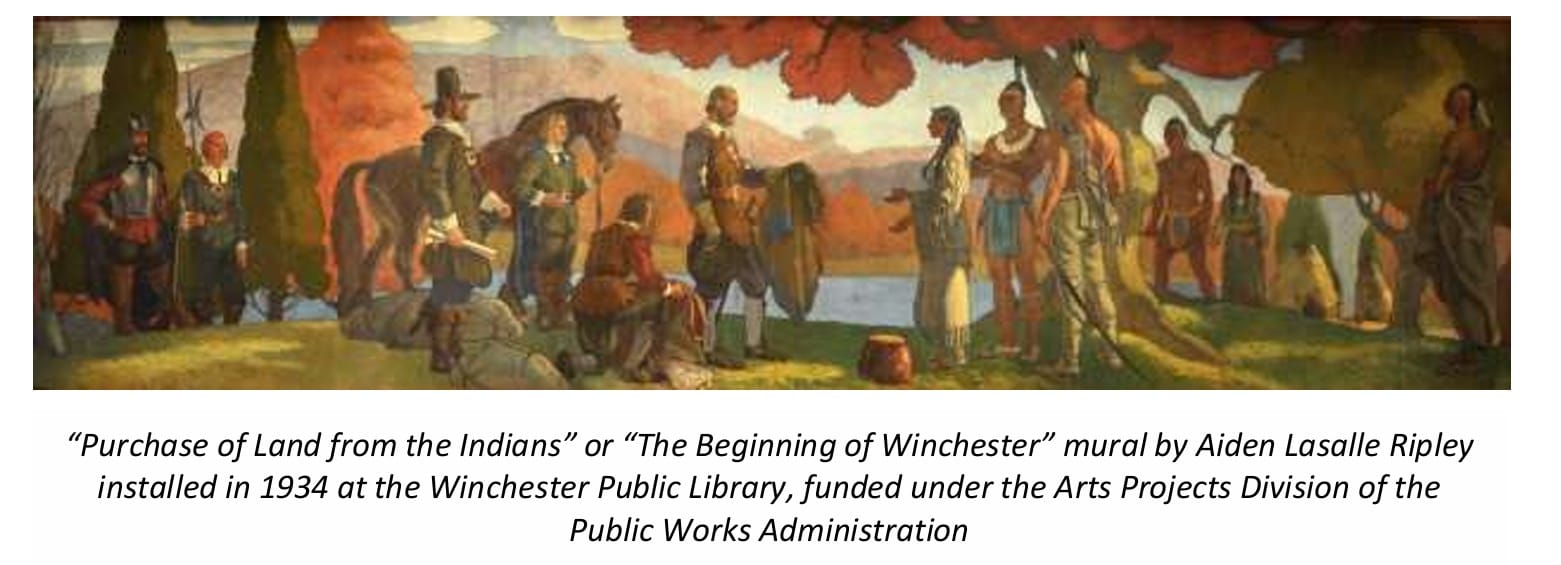
The first fleet brought enough settlers to Salem that the Puritan colonists began to move to others areas. Charlestown was first settled in 1629. The fleet of 1630 included 11 ships which brought about 1,000 settlers to the Massachusetts Bay.
In this fleet was the Arbella, which carried the first governor, John Winthrop, and the company’s charter. Although the Arbella landed at Salem, the people quickly dispersed to Charlestown, Boston, and nearby lands. When Winthrop arrived, Sagamore John gave the colonists permission to build where they liked (according to Charlestown records), which they indeed did, many moving to Boston.
Winthrop himself settled in Charlestown which grew rapidly through the era of the Great Migration to a possible high of 15,000 colonists within 21 communities in 1642. In 1633, the General Court, which had the duty to set town bounds, granted to Charlestown some additional territory to the north, defined in 1636 as extending eight miles into the country.
In 1640, Charlestown was given even more territory, extending its boundaries to include present-day Winchester, Woburn, Burlington, and Wilmington. This area was surveyed in 1638, and lots of land were granted to men of Charlestown, as recorded in the Book of Possessions.
In 1640, the first buildings in Winchester territory, Edward Converse’s house and grist mill, were built, and in the same year a committee was appointed to establish the bounds between Charlestown itself and a village. In 1642, the village, named Woburn, was established as the 12th town of the Bay Colony. At its south end a small settlement gradually developed around the early mills and tavern and became the core of the later town of Winchester.
The African slave trade began in the Massachusetts Bay Colony in 1637, a few years before any Englishman settled within Winchester boundaries. Up through the 1780s when the slave trade was abolished, very few households existed within those bounds. Large-scale slave-holding, such as practiced at Medford’s Royall House, did not exist here. Nevertheless, slaves were present within Winchester’s parent towns, Medford and Woburn.
Records are currently lacking to tell how residents of the area stood on abolition during the years leading up to the Civil War. A story about one Winchester man’s activities in the 1860s suggests that residents held conflicting positions.
Reports in The Middlesex Journal indicate that during the war years the practice of slavery was being denounced. The men of the Winchester Literary Society, which ran a lyceum series, invited Frederick Douglass to speak in Winchester’s Lyceum Hall in 1862. The hall was crowded and listened to with close attention, the audience occasionally heartily applauding some telling points.
It was not until after the Civil War, which broke out just a dozen years after Winchester was incorporated, that a free black presence in Winchester began to develop. While this was occurring, one resident’s story reveals contempt for the Southern view of blacks.
Winchester's first African-American residents were often transitory. The first who settled here were reportedly welcomed into the community and enjoyed good reputations.
During the last decades of the 19th century, as other blacks moved from the South to Winchester, a community developed in the area of Swanton and Harvard streets. In 1893, they organized their own church, the Second Baptist Church, later called New Hope Baptist Church.
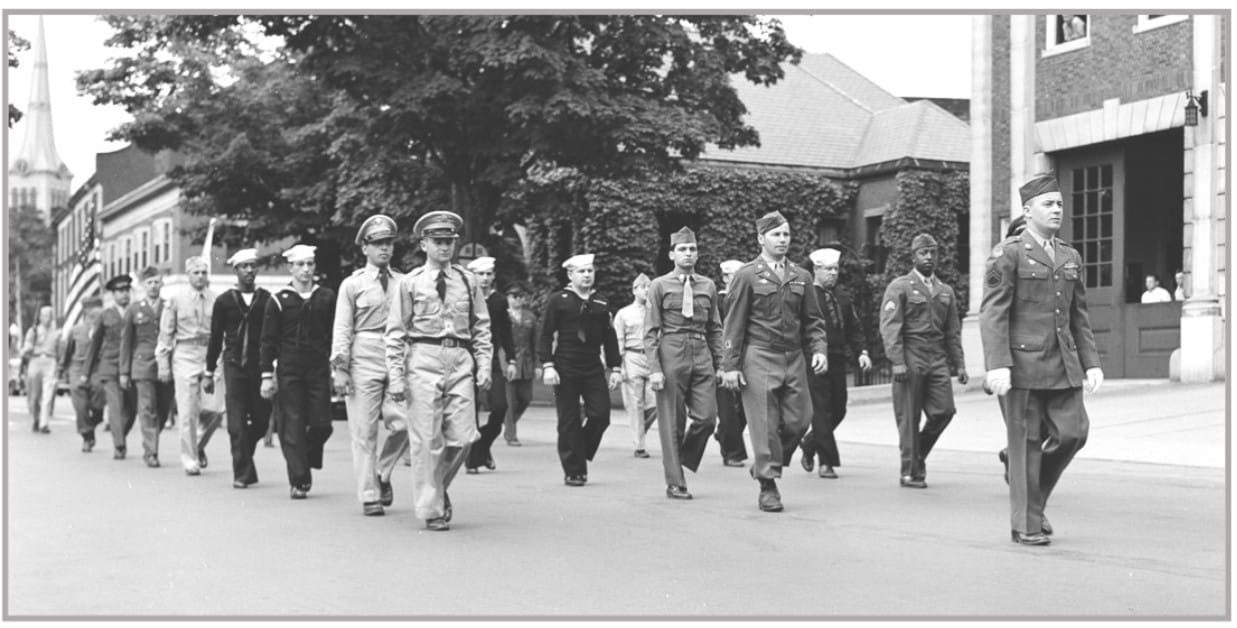
In some ways, African-Americans were assimilated into the town, but they were not fully integrated into the town. The children attended non-segregated schools, but sometimes they experienced difficulties fitting in.
During the world wars, Winchester’s African-Americans joined up. Particularly during World War II, entering the Army or Navy meant experiencing segregation practices not known at home.
By the end of the war, more blacks were leaving their home town. In 1958, a Dartmouth College study reported that “Negroes have left Winchester, and no one seems to be encouraging them to return.”1 At the end of the 20th century, the number of Winchester’s blacks was about one percent of the population (about 200 people).
During the 1960s and 1970s, Winchester was caught up in the national civil rights movement. Debates over participating in METCO, which proposed busing inner city black children to school in the suburbs to counter racial imbalance, divided residents. The resignation of a black teacher in 1978, rumored to be racially motivated, prompted more attention being given to equal opportunity and racial sensitivity.
Meanwhile, the First Congregational Church opened a pre-school nursery for children from Roxbury, and St. Mary’s admitted black students as part of the archdiocese’s equal education program. In 1971, Winchester joined “A Better Chance,” a national nonprofit organization that provides academically talented scholars of color with expanded educational and career opportunities. Ten boys from every part of the country lived in the ABC house at 2 Dix Street. Through 2016, more than 85 scholars had graduated from Winchester High School.
SECOND AND THIRD WAVES OF IMMIGRATION
Nationwide, the second wave of immigration (c. 1820-1870), included Irish, Germans, Scandinavians, and Chinese. The Irish particularly impacted Winchester. The Port of Boston being a major center of immigration, many made their way into the suburbs, including Winchester. They introduced not only ethnic diversity but also Roman-Catholicism into the Protestant town, provoking some opposition and controversies.
Irish had been around since at least the 1860s. At least 18 of the Civil War volunteers credited to Winchester were natives of Ireland. Most of the Irish during the early 20th century were Irish-American. Like the Canadians, the second largest component of English-speaking nationalities, the Irish were assimilated into the town more easily than immigrants not speaking English.

Many worked in construction and others in municipal service, especially the fire and police departments, and they were elected to town boards. Many of the Irish settled to the north of the town center, where there was once a Shamrock Street.
Italians, who came late in the third wave of immigration (c. 1880-1914), also settled in the northern section of town, along with the Irish and African-Americans. Early Italian immigrants worked on the farms but also found work in the factories or with industries which could use men with skills such as stone or leather working.
Although the whole community could enjoy the Feast of the Assumption celebrations, the Italians did not mix on an equal footing with the Yankees for many decades. Not until 1950 was a resident of Italian heritage elected to the Board of Selectmen.
Though not as numerous as the Italians or Irish, another noteworthy nationality arrived in Winchester during the third wave, Russian Jewish refugees. Few of these families remained in Winchester beyond a second generation, their small presence pointing up a long-standing prejudice through the end of the twentieth century.
While many immigrants settled into communities within the town (mostly in areas known as The Plains and the North End), some found positions on household staffs, meaning a search for Winchester’s diversity might easily take one to any street where domestic help was needed. Others were transient laborers, occasionally being recorded by a census or other record, adding to the ethnic mix, but soon moving on.
20TH CENTURY MIX
According to the 1900 census, the largest populations of foreign-born residents in Winchester were Irish, Canadian, English, Swedes, and Italians. Ten years later, the number of Italian-born had quadrupled, though Irish-born residents were twice as numerous. While the Irish and Italians continued to be large ethnic minorities, small numbers of other European nationalities appear in the censuses through 1940, but few numbered more than ten.
When World War II broke out, the ethnicity of Winchester service people ran through a wide range of nationalities – Scandinavian, Italian, Greek, Armenian, Turkish, and others – but all Americans.
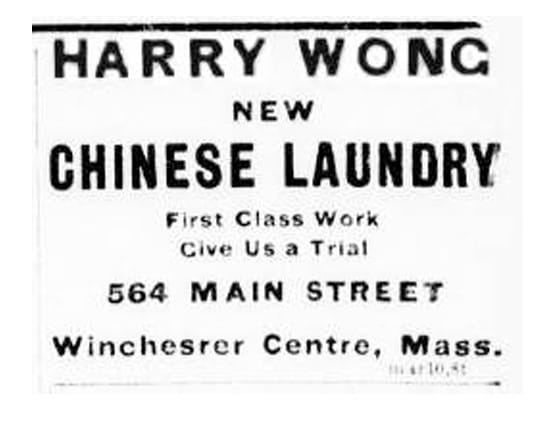
Asian people were few in Winchester until the end of the 20th-century. At the beginning of the 20th century, there was a Chinese laundry, but, according to one newspaper story, fear of competition kept others away.
Japanese residents were unknown through most of the 20th century. When the 21st century arrived, however, it was apparent that the Asian population was the fastest growing.
Dr. Ellen Knight, archivist for the Town of Winchester, is a local historian and journalist, as well as an independent scholar in Boston arts history.
